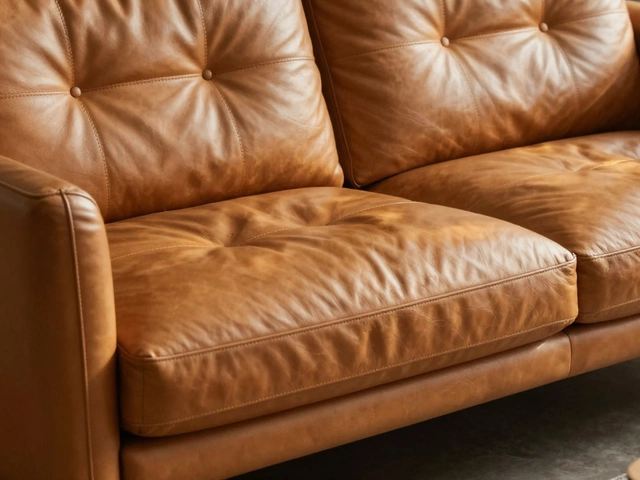Furniture Moving Tips and Guides
Got a classroom makeover, a new office layout, or need to shift storage units? Moving furniture doesn’t have to be a nightmare. With a little planning and the right tricks, you can get desks, chairs and shelves from point A to B without scratches, dents or wasted time.
Plan Your Move Efficiently
Start by taking inventory. Write down every item you’ll move, note its size and weight, and decide which pieces can be disassembled. Breaking down large desks or modular storage units makes them easier to carry and reduces the risk of damage. Measure doorways, hallways and elevators ahead of time – a 90‑cm desk might not fit through a narrow stairwell.
Next, gather the right tools. A set of furniture sliders, a dolly, and a few sturdy moving blankets are all you need for most school or office moves. Sliders let you glide heavy chairs across carpet without ripping it, while a dolly makes it simple to roll a stack of filing cabinets. Keep a utility knife handy for cutting tape or opening packing crates.
Assign roles early. If you have a team, give each person a clear task: one person handles loading, another secures items, and a third checks the route for obstacles. Clear communication cuts down on confusion and speeds up the process.
Protect and Transport Furniture Safely
Wrap every surface that could get scratched. Use moving blankets for wooden desks and metal frames, and bubble wrap for glass shelves. Tape the blankets securely but avoid over‑tightening, which can slip and leave marks.
When loading a truck or van, place the heaviest items on the bottom and nearest to the vehicle’s centre of gravity. Stack lighter chairs and cushions on top. This arrangement keeps the load balanced and prevents shifting during transport.
Secure everything with straps or rope. Even if you think a piece is stable, sudden brakes or bumps can cause it to slide. Tighten straps so that furniture stays in place, but don’t over‑tighten fragile parts.
Finally, unload with care. Use the same sliders and dolly you used on the way in. If you’re moving into a new classroom, set up furniture in the order you’ll use it – start with desks, then chairs, and finish with storage units. This saves a step of rearranging later.
By following these simple steps you’ll keep your school or office furniture looking professional and ready for use. No need for expensive movers or endless repairs – just a bit of foresight, the right accessories, and a team that knows the plan.





